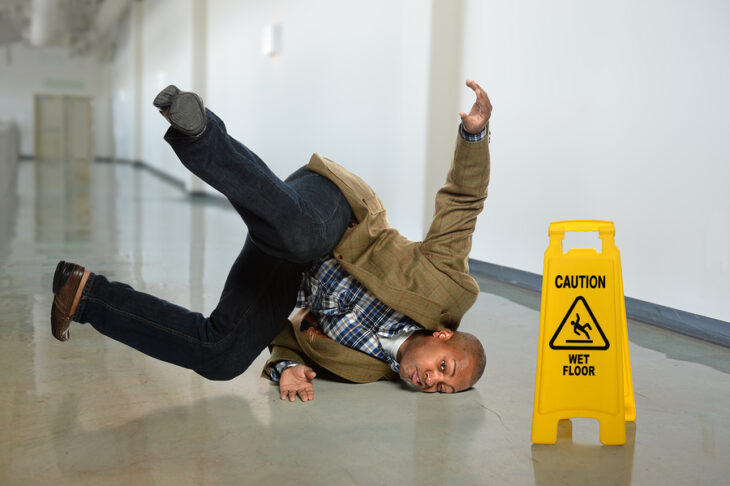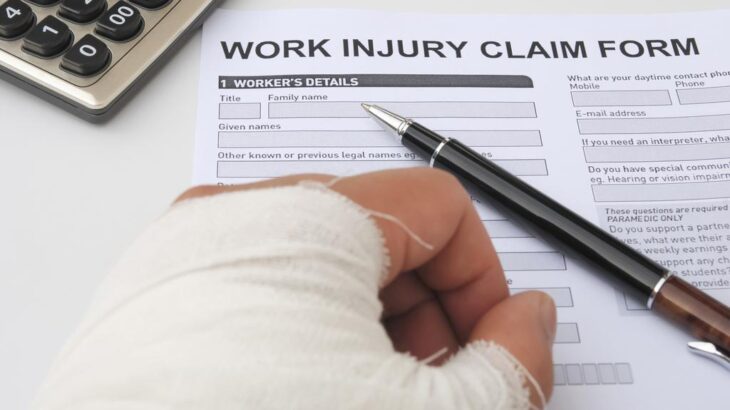For the past few years, many common fatality rates and work-related injuries have gone down, thanks to workplace safety and health measures.
According to OSHA, everyday occupational fatalities have decreased from 40 a day to 15 a day. Still, there is a lot to be done to bring this number to zero.
Injuries, especially those associated with equipment, can be prevented by complying with OSHA’s guidelines and taking the right precautions.
However, if you have already experienced any kind of workplace injury, be sure to visit www.toddbeauregardlaw.com/ for a good workers’ compensation attorney, especially when you believe it’s your employer’s fault.
Contents
How Common Are Job-Related Injuries?

Source: talentedladiesclub.com
Work-related injuries have become alarmingly common. Experts at the National Safety Council (NSC) in the US say that an employee gets injured in the workplace after every ten seconds. This equates to around 7.2 million work injuries every year.
The NSC also says that these injuries lead to approximately 100 million days of lost productivity every year. This means, on average, every work-related injury leads to 24 days of disability.
Injury Data
OSHA’s guidelines require employers to report your injuries right away when you get injured. Apart from injuries sustained in the workplace, employers are required to gather data related to near misses and near-accidents.
Near-misses involve accidents, which don’t lead to injuries. Data related to this may show areas for improvement and weaknesses in the safety policies and workplace environment. Tracking work-related injury data from time to time may show some improvements in the safety of a workplace.
Costs Associated with Work-Related Injuries

Source: ishn.com
The NSC projects that non-fatal and fatal injuries cost employers around $172 billion. This can be broken down to $43,000 per consulted injury, $ 1.23 million in every death, and $1,000 per employee.
The NSC’s projections also represent indirect costs, such as worker replacements and lost productivity.
Recruiting and training new workers might be time-consuming and costly. The kind of training required to bring workers up to speed affects costs.
But when workers are not able to work, productivity in general decreases. Co-workers may temporarily assume additional responsibilities that can affect the focus and time they have for their job responsibilities.
Causes of Job-Related Injuries
Due to illness cases linked to the global pandemic, coronavirus, the leading causes of job-related illnesses and injuries involving weeks or months away from the workplaces is exposure to dangerous environments or substances.
Exposure to harmful environments or substances may include noise, radiation, electricity, extreme temperatures, oxygen deficiency, air pressure change, and traumatic events. Apart from this, other common causes may include:
1. Car-Related Accidents

Source: theconversation.com
Where there are different kinds of cars, there is a high probability of people getting into accidents. These may include being run over/struck by moving cars, getting crushed by overturned vehicles, or falling from cars.
Avoiding these accidents start with determining who is at great risk and when or where those accidents happen most of the time. Only then will employers be able to establish the right prevention measures.
2. Overexertion
This may happen with throwing, carrying, holding, pulling, pushing, and lifting objects. Injuries associated with this can cost businesses a lot of money.
To avoid these injuries, ensure you provide your workers with the right ergonomic equipment and train them about being safe when it comes to physical tasks.
3. Falls

Source: badrelaw.com
Falls are one of the common causes among factory employees, miners, and construction workers. Most construction accidents encompass falls from a defective ladder or scaffolding.
Falls from several-story buildings may result in internal injuries, lead to death/permanent paralysis, or break bones. Employees who sustain such injuries will not be able to go to work for a long time as they may need to recover.
4. Repetitive Strain Injuries
This is another issue, which has become commonplace on the job site, yet some employers tend to overlook it.
The impact of repetitive strain injuries (RSIs) might be severe in some situations. So it will make more sense to take certain measures.
Employers might be able to prevent this kind of injury by reminding and encouraging employees to take regular breaks. Similarly, ergonomic equipment, such as hand trucks, might alleviate RSI.
5. Pain and Soreness

Source: health.clevelandclinic.org
On average, it takes around three weeks for workers to recover from accidents involving serious musculoskeletal soreness or pain. Twenty-one days off work is a lot of time, and if you are a contractor or casual employee, it may mean it is time off, which is unpaid.
This kind of injury is common among warehousing & transport employees, orderlies, attendants, and nurses. But it might affect everyone in a workplace, which needs repetitive strain or action.
6. Entanglement
Rollers, gears, and other parts in a heavy machine may entrap employees and result in various crushing and tearing injuries. In the worst scenarios, workers might suffer the loss of limbs or even die from their injuries. Usually, shoes, unbound hair, fingers, jewelry, or loose clothing getting caught in a machine causes this kind of accident.
Employers need to train their employees to address and identify potential entanglement risks. They need to also provide their workers with protective gear as well as put up the right barriers and signs around dangerous machines.
Steps to Take After Getting Work-Related injuries

Source: bizjournals.com
As a work-related injury victim, your everyday life might quickly and dramatically change. You can get yourself worrying over many issues, like how you will take care of different bills, whom to notify, and how serious the injuries are.
Experts suggest that you need to notify your boss immediately. This step is important, as claims are normally denied because the injured employees took too long to report their injuries.
In addition, it is advisable to get medical care, regardless of how minor you believe your injuries are. This ascertains that you get the right healthcare and have recorded against your employer’s insurer.
Apart from getting medical care and notifying your employer about your injuries, you will need to consider:
- Filing a workers’ compensation claim
- Filling out an injury report
- Enlisting the help of a lawyer
Closing Remarks!
Being hurt in your line of duty can be frightening, and getting workers’ compensation benefits afterward is equally a daunting experience.
This is why it is important to have a workers’ compensation attorney by your side to deal with your case and get the justice you deserve.
